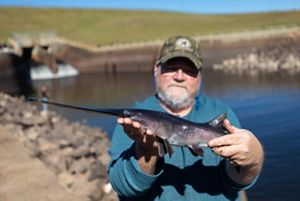Description
Formed by Big Cypress Bayou, Caddo Lake—one of Texas' few natural lakes—and its wetlands are made up of mixed bottomland hardwood forests and shallow bald cypress swamps, covering more than 25,000 acres along the border of northeast Texas and northwest Louisiana. The region is one of only 27 wetlands in the United States recognized by the Ramsar Convention on Wetlands, an international treaty that recognizes exemplary wetland systems around the world.
The Nature Conservancy (TNC) became involved in efforts to conserve Caddo Lake in 1990 after receiving two land donations: 478 acres from local landowner Robert McCurdy and 589 acres from Judge John Paul Harkey. In 1997, this acreage was combined to create the preserve. Then in 2001, it was re-dedicated in memory of the late Fred and Loucille Dahmer, who lived at Taylor Island on Caddo Lake and spent much of their lives exploring, photographing and protecting its fragile habitat.
In 1993, TNC and Texas Parks and Wildlife Department joined forces to purchase 7,000 acres, which were added to the initial 483-acre Caddo Lake State Park, to create the Caddo Lake State Park and the Caddo Lake Wildlife Management Area we know today. After years of work, the U.S. Fish and Wildlife Service opened the Caddo Lake National Wildlife Refuge in 2009, further bolstering regional conservation efforts.















